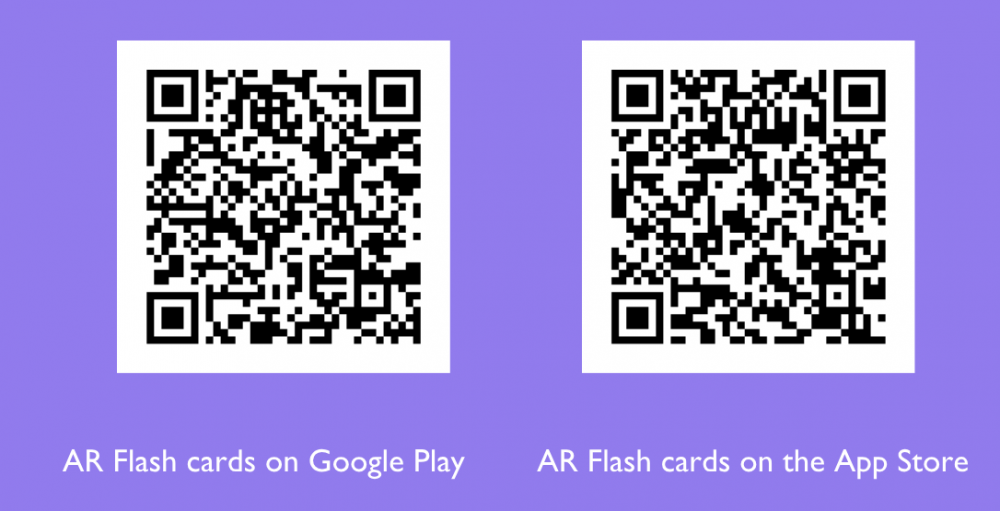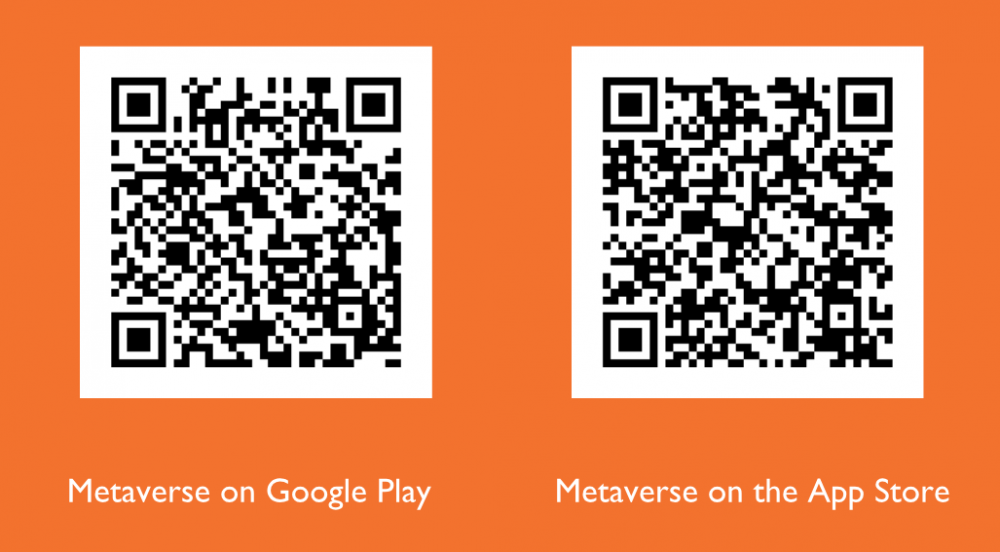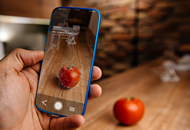 With the aid of digital technologies, traditional classroom tasks can be transformed into highly interactive learning experiences. One of the most promising trends today is augmented reality (AR), a type of technology that combines digital information with our own, real environment.
With the aid of digital technologies, traditional classroom tasks can be transformed into highly interactive learning experiences. One of the most promising trends today is augmented reality (AR), a type of technology that combines digital information with our own, real environment.
In AR, we view our real world through a smartphone or tablet, which superimposes extra information (videos, audio, images, 3D animations, games, websites, and QR codes) onto our surroundings (see Figure 1).
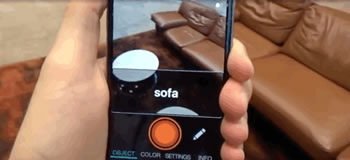
Figure 1. Augmented reality application. (Retrieved from https://gifer.com/en/R3dL)
Pokémon Go and Snapchat are two popular examples of AR. Pokémon Go is a video game where users view creatures through their smartphone camera, simulating the experience of grabbing creatures called Pokémon in the real world. Snapchat is a mobile messaging application that allows users to add digital images like emoji, bunny ears, or funny glasses and place them on their face when taking a picture.
In order to experience AR, all you need is a mobile device such as a smartphone or a tablet, an AR app, and an image or marker that you scan to view the augmented reality content.
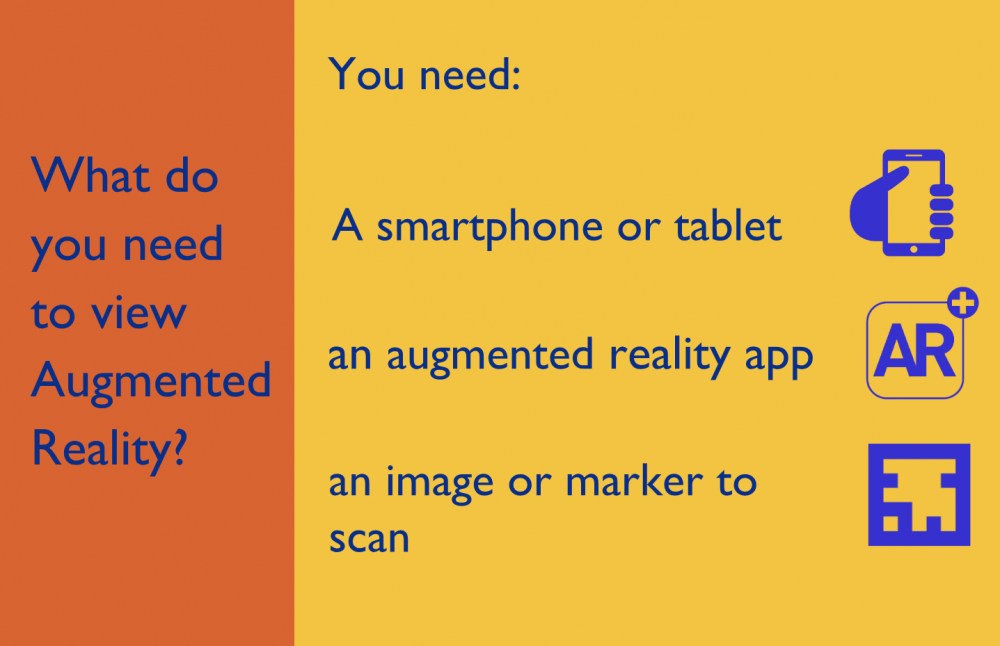
Figure 2. Augmented reality elements.
In the NMC Horizon Report, Johnson et al. (2016) state that “AR’s responsive interactivity enables students to construct broader understandings based on interactions with virtual objects….bringing learners to deeper levels of cognition as they attain new perspectives on underlying data” (p. 40).
Trying Out Augmented Reality
To understand the educational potential of AR, try the following two AR apps and view augmented content. These apps are free and easy to use.
1. AR Flashcards
AR Flashcards offers interactive flashcards about different topics. To install the app on your Android or iOS mobile device, scan one of these QR codes (click the image to enlarge):
Open the app and tap Start. Then point your device at the flashcards in Figure 3 and watch the animals come alive (click the image to enlarge):
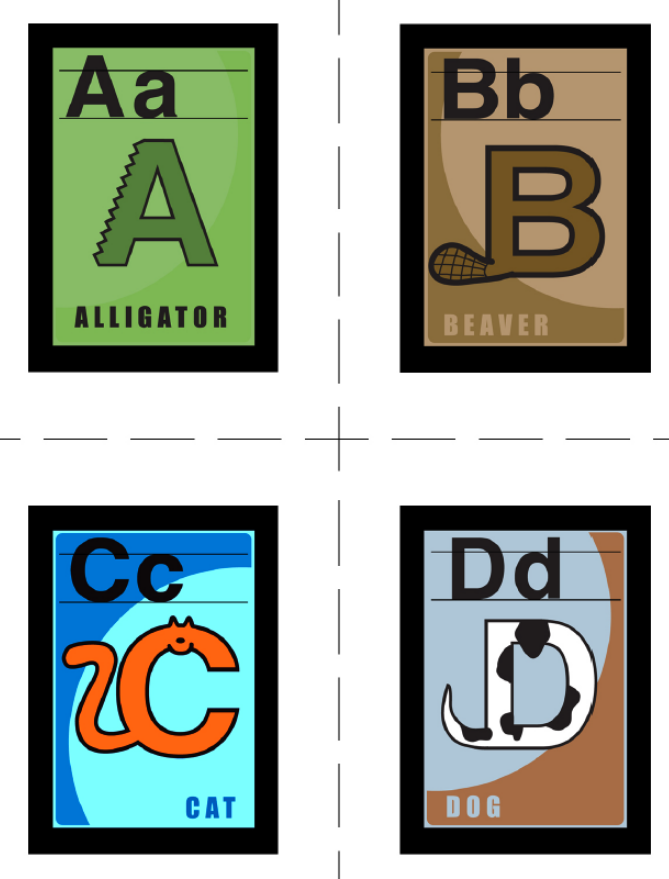
Figure 3. Animals worksheets from AR Flashcards.
AR offers new, exciting ways of learning vocabulary and allows students to interact with the objects. Advanced learners can grasp abstract concepts when displayed in the form of simulations and 3D models.
2. Metaverse
Metaverse is a platform where users can create their own AR and also interact with different types of AR content. The following material, prepared for my presentation at the TESOL 2018 International Convention & English Language Expo, offers some information about McCormick Place, the venue where the convention took place.
To install the Metaverse app on your mobile device, scan one of the following QR codes (click image to enlarge):
Open the app and tap Scan Code at the top. Point your phone at the marker (Figure 4) and follow the instructions on your device. Word of caution: You will be asked to stand up and move!
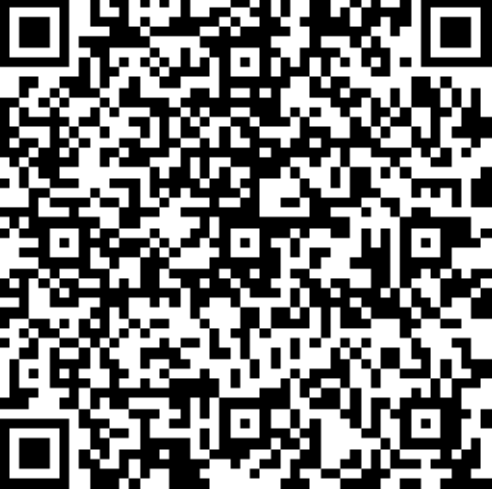
Figure 4. Metaverse marker.
Ideas to Use Augmented Reality in and out of the Classroom
With the growing number of free apps and tools to view and also create AR content easily, AR has become a readily available technology that can be used with students of all levels and ages.
Based on examples provided by Lynch (2017) and Schrock (2017), here are some ideas to put AR into practice:
Vocabulary Practice With 3D Models
Static material can be brought to life by adding different types of digital, interactive content, such as 3D models for vocabulary practice. Being able to interact with content in different ways caters to the visual, auditory, and kinesthetic student, which improves knowledge assimilation and retention. Check these free printables from AR Flashcards and these free coloring packs from Quiver.
Welcome Messages From School Staff
For administrators, at the beginning of the term, make posters with the names and photos of your school staff. When scanned with an AR app, each image will trigger individual video messages. HP Reveal Studio offers free tools and resources to create this type of AR content.
Interactive Homework Guides
AR can also be used to create homework worksheets with markers that will which trigger additional content, such as a video tutorial or video of the teacher explaining a concept. Metaverse is another good option to create augmented content in just a few steps.
Computer Lab Instructions
Trigger images can be put up around the computer lab so that when students scan them instructions, short videos, and other content pop up. This way, they can learn how to use the equipment and what the safety procedures are for specific pieces of equipment as the need to use it arises, and they can access the information whenever it needs to be recalled. Layar, HP Reveal Studio, and Metaverse are user-friendly alternatives to create this type of content.
Scavenger Hunts
AR is a great tool to gamify your lessons. In an augmented scavenger hunt, clues (markers or triggers) are placed in the classroom, library, university building, or wherever the games is going to take place. Students use their devices to scan each checkpoint, perform tasks, get new clues, and continue on the quest. Actionbound and GooseChase are two interesting apps that allow users to create these types of games.
Field Trips
AR can also make class trips more interactive and personalized. Many museums and historical sites have added AR technology to their exhibits. Students scan the exhibits to get additional information in the form of videos, 3D objects, and animations, which will allow them to customize their learning experiences. The article “7 Great Examples of Augmented Reality in Museums” explores examples of augmented reality in museums.
Classroom Projects With Augmented Reality
One of the most exciting possibilities of AR is that learners can create their own AR experiences. This offers great potential as they develop not only communicative skills but also a range of digital competencies that are necessary in the 21st century.
-
Students can create vocabulary walls and record themselves providing the definitions to different words. They create a trigger image that is attached to the poster; when scanned, the marker will display videos made by the learners in which they define the words and provide examples.
-
Similarly, students can create augmented biographies where they record themselves narrating a biography, acting out a specific event in a person’s life, or reflecting on the contributions made by an important character. If the focus is to be placed on writing rather than speaking, students can write paragraphs and overlay those digital texts on the trigger images.
-
Learners can record themselves giving a brief book review and attach a trigger image to the cover of the book for others to scan and watch. This can also be done with movies and video games.
Conclusion
AR technology can transform each class into a surprising and motivating learning environment where students become actively involved in the learning process. As we have seen, content is brought to life and presented in new different ways that wouldn’t be possible without this type of technology.
Because AR is delivered through mobile devices, students are not tied to their desks and can access information when and where they need it, and take it with them—so it helps students learn at their own pace by revealing information when they are ready.
AR is about augmenting experiences in real-world environments, that is, the context where the learner happens to be. AR technologies can take any situation, location, environment, or experience to a whole new level of meaning and understanding. Creating an interactive content presentation with context-aware information that students can access on their devices can help them to connect with the lesson on a deeper level.
References
Johnson, L., Adams Becker, S., Cummins, M., Estrada, V., Freeman, A., & Hall, C. (2016). NMC Horizon report: 2016 Higher education edition. Austin, TX: The New Media Consortium. Retrieved from https://library.educause.edu/~/media/files/library/2016/2/hr2016.pdf
Lynch, M. (2017, April 27). How to use augmented reality in education. Retrieved from http://www.thetechedvocate.org/use-augmented-reality-education/
Schrock, K. (2017, August 1). Augmented reality in the classroom. Retrieved from http://blog.discoveryeducation.com/blog/2017/08/01/augmentedreality/
|
Download this article (PDF) |
María Mercedes Kamijo is an EFL teacher specializing in mobile learning and e-learning. She is a member of TESOL Argentina and currently teaches online courses in educational technology. She is coauthor of the e-book Mobile Learning: Nuevas realidades en el aula.
| Next Article |
